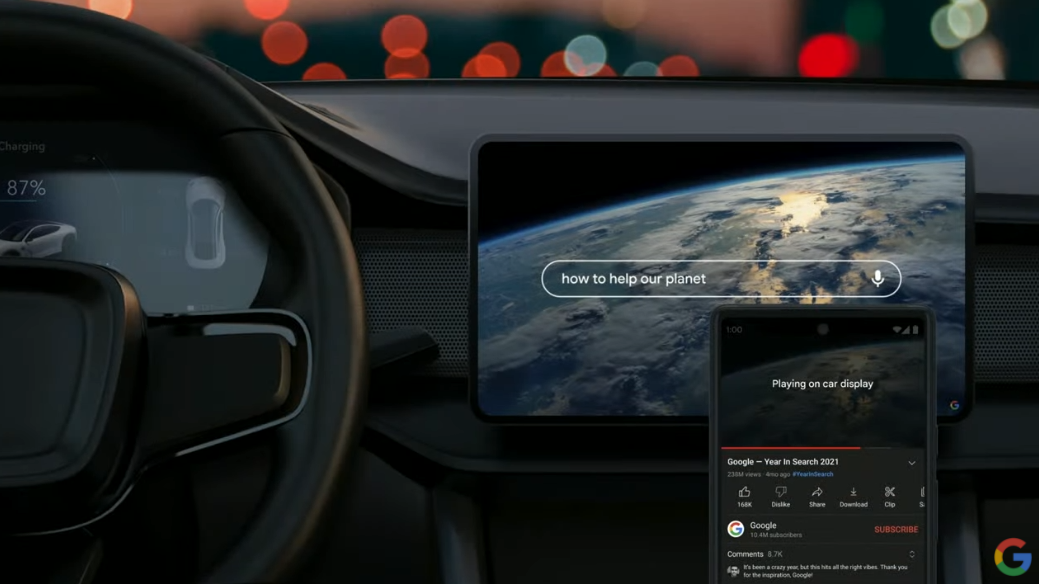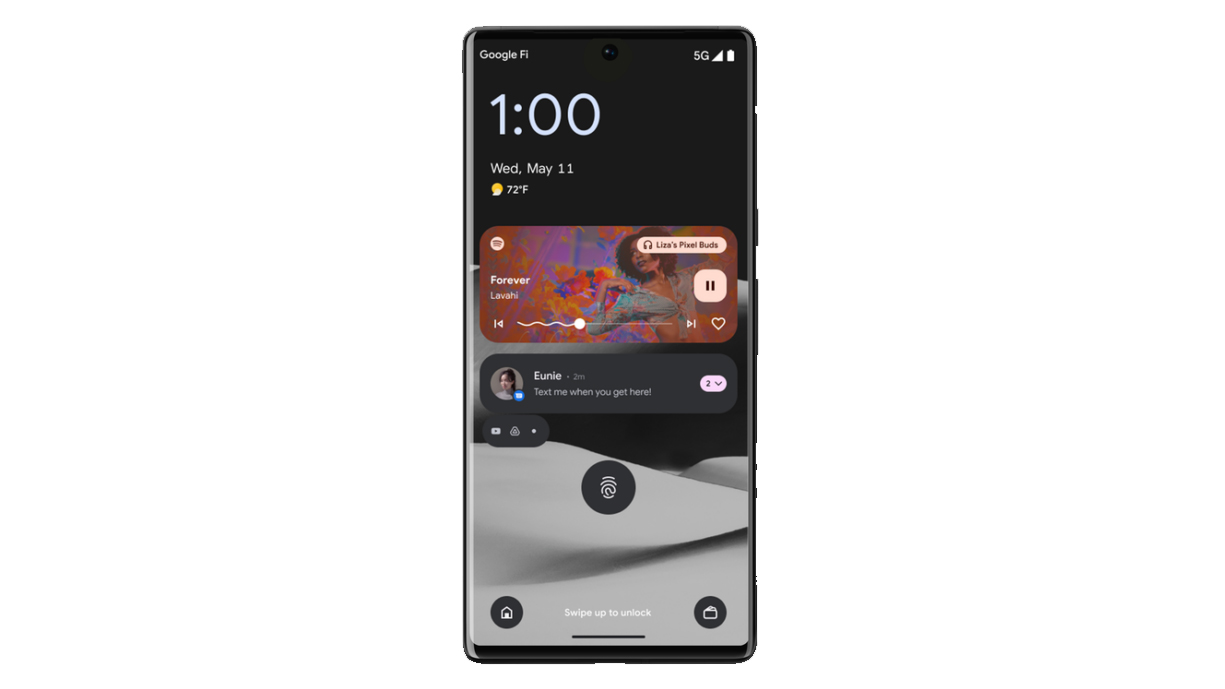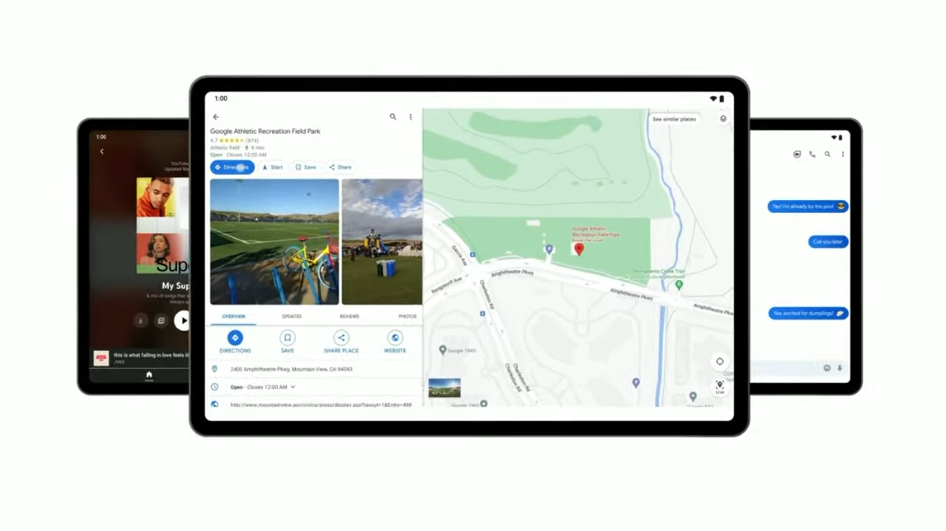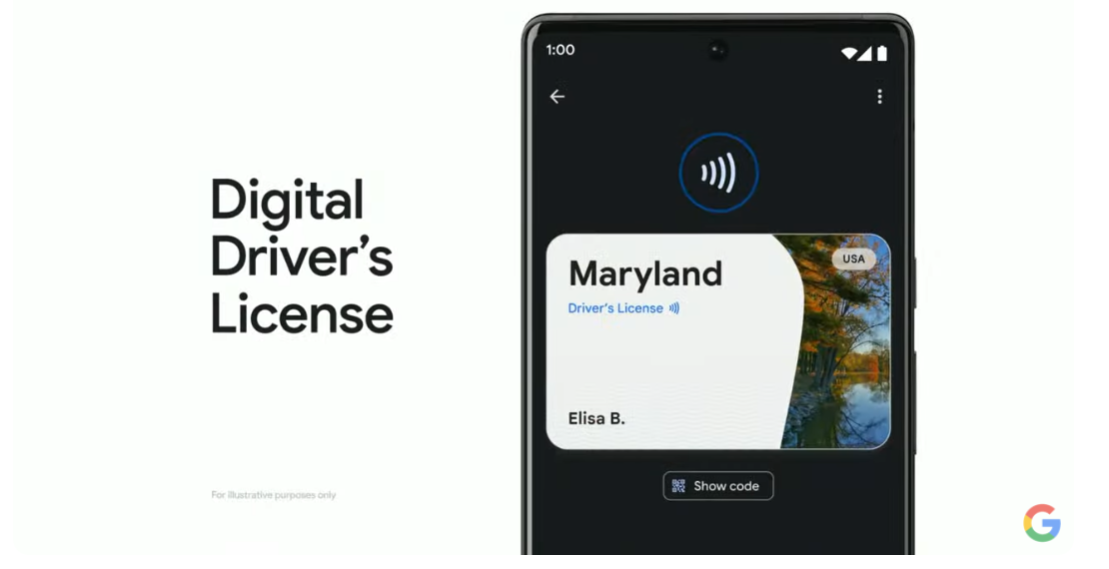Android 13: What's new in Google's mobile operating system update?
Android 13 is coming, but what's new? Here we look at the top features, plus which phones will get Android 13 first

What is the current version of Android? Well, soon enough it'll be Android 13 – Google's operating system update over Android 12 – which is currently available in beta, with the full release to follow autumn/fall 2022.
Google I/O, the search giant's annual keynote and developer's conference, kicked off on 11th May 2022, adding a little more flavour to the mobile operating system's picture in terms of what we can expect: from features, through to which phones will be getting Android 13 at launch.
Android 13 will be pre-installed on the Google Pixel 7 and Pixel 7 Pro devices, as they're always the first over the line with the latest software in tow, expected to arrive around October 2022.
Here are the key Android 13 features to expect and what they'll mean for your Android phone following the future update:

1: 'Hand-off'
As partially detailed at Google I/O 2022's opening keynote, Google is set to expand the continuity of use across its devices. Apple already does this for its ecosystem, so it's an obvious feature to build into Android 13. This will include being able to quickly share files between products, such as copy something on your phone and paste it into your tablet.
There's also incoming Fast Pair expansion, which will allow hand-off between devices – say you're listening to music in your car via Android Auto, you can then switch that to your headphones instantly for your onward journey, and finish up with your home speaker or other audio device. It's thought that Google may open Fast Pair up to wider third-parties too.

2: New Themes
This one has long been known, when Android's VP Engineering dropped a blog post about Android 13's incoming goodies.
Get all the latest news, reviews, deals and buying guides on gorgeous tech, home and active products from the T3 experts
The key take-away here, as you can see from the picture above from said blog, is that Android 13 will bring dynamic icons to all apps, not just Google's own. That'll help cease any conflict and give more incentive to actually use broader themes (with that caveat that developers have to offer a compatible app icon for it to work).
It's not a mahoosive update by any means, but Android's design always ebbs and flows from one visual theme to the next with each release – and this looks nice and tidy.

3: New Media Controls
It might sound small, but it's kinda fun: Google's media control shows as an animated waveform during playback, bouncing along with what's playing, for a more visually interactive interface whether within Android or on the lock screen. Google has slowly but surely been improving individual audio playback controls, this just helps dress that up into a more contemporary look – artwork included, too.

4: Improved Privacy
You might not think about it all the time, which is part of the point, but privacy and security is a big deal. Android 13 will step things up a notch by being more modular in its approach: for example, there'll be a new photo picker to share individual photos with specific apps, rather than permitting full Gallery access.
Sometimes it's the stuff that you can't see that's most important though, which is where RCS comes into play. This stands for Rich Communication Services, a more secure and step-up replacement for SMS/MMS text and picture messaging. Once Google has got others on board, it'll open out Google Chat in a more secure format for all.

5: Designed for tablets
Android hasn't been quite as dreamy on bigger screens over the course of time, but Android 13 looks to update how it adapts for devices such as tablets.
This means the notifications shade will get wider, there'll be a better app bar at the bottom of the screen, and improved dual/multi app experiences.
This will include all Google's native apps, which will have big-screen specific layouts, such as Messages with a multi-column view. Third-party apps are invited too, with some bigger ones, such as Facebook, TikTok, and others, set to bring improvements.

Bonus: New Google Wallet
Okay, so this isn't explicitly an Android 13 update, it's a Google app update that'll likely land ahead of the full-fat operating system upgrade.
Google Wallet has, of course, been around for a long time as a great place to store your payment cards. The new Google Wallet goes even further: Google is proposing ID cards will be valid and stored virtually, beginning with Student ID in the USA, but international reach is expected.
There's also virtual credit card numbers incoming, which will put an end to your clearly visible card number, the aim being to cut down on fraud and connect the card very much to your own account only.
Android 13 update: Summary
You might've read all the way down to here and be thinking, "wait, what, that's it?" Fraid so. Android 13 is more a behind-the-scenes tweaks update to the operating system, paired with a handful of visual changes. But it's not going to fundamentally change your life – and that's just fine. At least it looks nice. Plus it's an excuse to get excited about the Pixel 7 and Pixel 7 Pro.
Which phones will get Android 13 first?
In addition to the Google Pixel 7 and Pixel 7 Pro, Google's of other Pixel devices will also be supported, presumably at the same time as above or very soon after, which comprises the list below. In addition there will be other brands that will receive the software update, with Samsung typically high up that list in terms of speed, although these are yet to be confirmed.
- Google Pixel 6 Pro
- Google Pixel 6
- Google Pixel 6a
- Google Pixel 5
- Google Pixel 5a 5G
- Google Pixel 4 XL
- Google Pixel 4
- Google Pixel 4a 5G
- Google Pixel 4a
- Check if your current device is eligible via this Google link

Mike is T3's Tech Editor. He's been writing about consumer technology for 15 years and his beat covers phones – of which he's seen hundreds of handsets over the years – laptops, gaming, TV & audio, and more. There's little consumer tech he's not had a hand at trying, and with extensive commissioning and editing experience, he knows the industry inside out. As the former Reviews Editor at Pocket-lint for 10 years where he furthered his knowledge and expertise, whilst writing about literally thousands of products, he's also provided work for publications such as Wired, The Guardian, Metro, and more.
